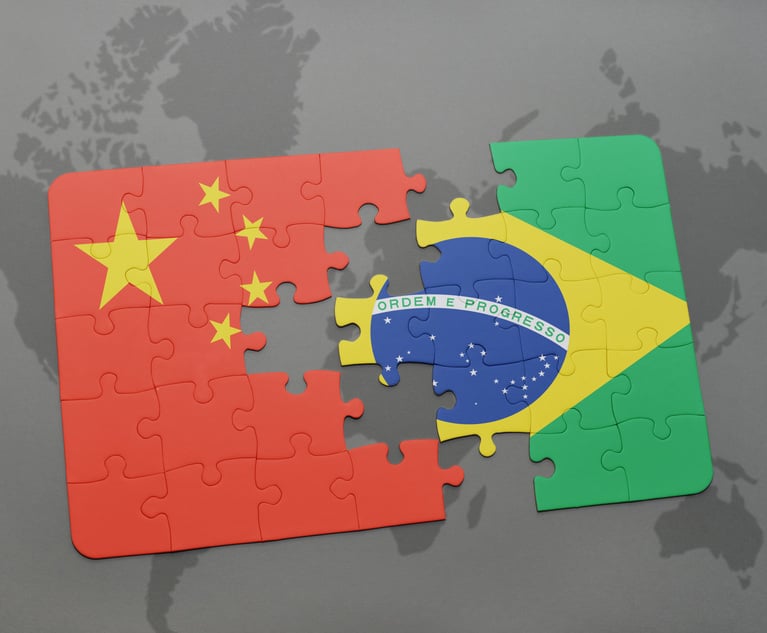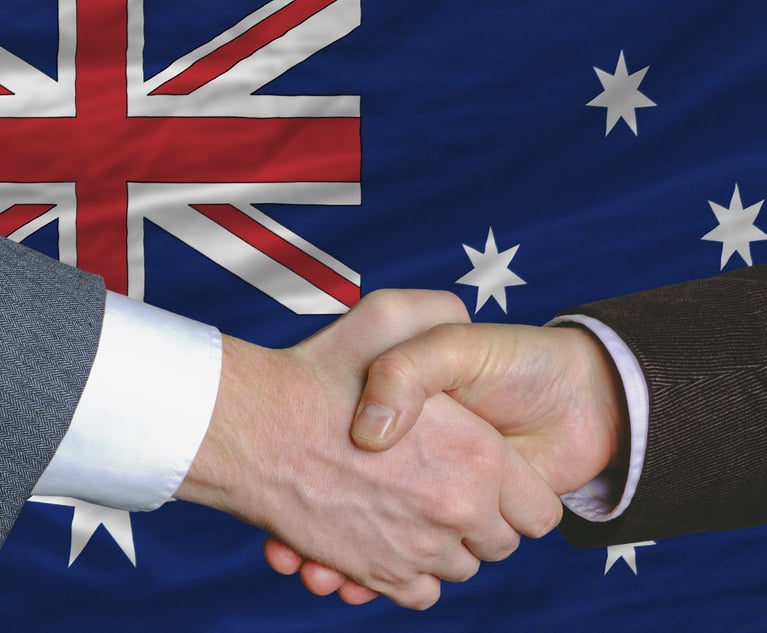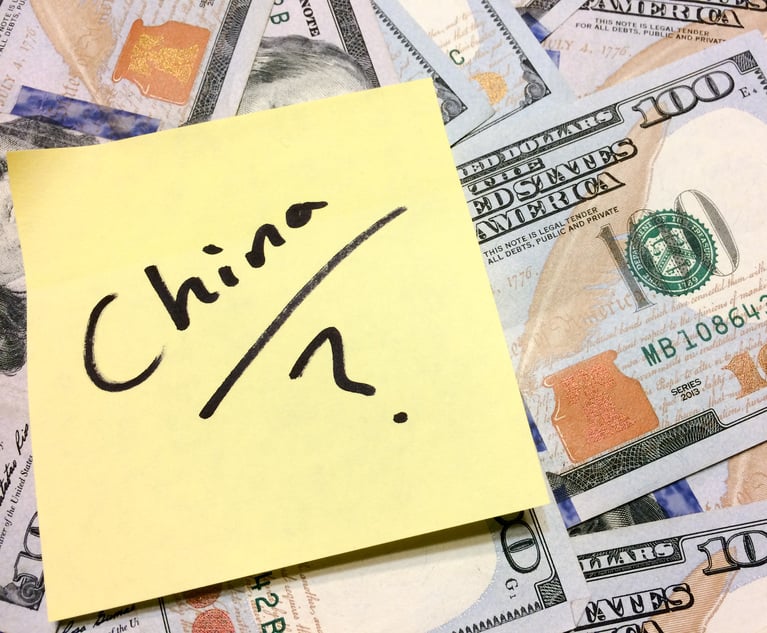The past few years have seen several newcomers break into Southeast Asia to seize intra-Asian deal opportunities. Chinese and Japanese firms, in particular, have set up shop in the region, and as competition on the ground steepens, regional firms are choosing to bank on their relationships with international players for a bigger share of referral work.
“We are very clear on the fact that our role is to act as local counsel,” said Audray Souche, managing partner of the Cambodia-based firm DFDL. “We tried some years ago to have some English law resources, but we have completely given up on this because that sent the wrong signals to international firms. It’s very important that we maintain a clear perception that DFDL is not competing with international firms referring work to us.”
According to Souche, referrals represent about 30% of the firm’s volume of work and the firm is working to increase that percentage. The firm has put together teams specifically to evaluate how panels at international firms operate. It tracks information on its progress in building relationships at a partner level and then ensures that those connections are properly institutionalized. Through its tracking, DFDL also measures the efficiencies of its efforts, which ultimately contributes to its decisions when it comes to referring work back out.
Deal work, especially in Asia, is notoriously dependent on one-on-one relationships, which creates problems when partners leave for competitor firms and take their clients with them. Few have put together clear and successful strategies on how to leverage and institutionalize partner-level relationships.
YKVN in Vietnam has also invested significantly in its relationships with global firms, but managing partner Truong Nhat Quang says it has now become equally important to focus on its dealings with smaller firms in Asia. “We have seen a change in trends over the years in terms of active jurisdictions,” Quang said. “Formerly, most of the activity originated from western investors but over time we are seeing more intra-Asia and ASEAN investment in Vietnam. Most of the biggest deals in Vietnam over the past two to five years are from Japan, South Korea and Thailand.”
It is this investment flow that has lured newcomers such as Japan’s Big Four firm Mori Hamada & Matsumoto and Singapore’s Allen & Gledhill, with the latter opening an office in Ho Chi Minh City just last year.
The focus on regional work means both DFDL and YKVN have no ambitions to expand beyond the region, nor do they intend to form formal alliances with international firms at this time. While a formal partnership with an international firm may help them achieve growth quickly, the challenges that come with international mergers are too complex and difficult to overcome.
“As a practitioner who has gone through two international mergers, the cultural differences between eastern and western firms are massive,” said Yap Lian Seng, Singapore managing partner at ZICO. “Personally, I don’t think that it can be bridged, at least not in the current generation.”
For the most part, firms such as DFDL and YKVN have focused on growing organically. It is a conscious part of their strategy, as is being recognized as one of the largest Southeast Asian firms with offices in multiple jurisdictions.
DFDL has offices across nine ASEAN countries and continues to seek out opportunities in Malaysia and the Philippines. “The plan remains to cover ASEAN to the maximum extent possible,” Souche said. “We are working on Malaysia and that’s taking a bit of time but that remains our objective. We are also looking at translating our operational model, locking our presence with exclusive arrangements with firms in the Philippines and Indonesia. These two jurisdictions remain key in our expansion plans in the next two or three years. We have the right partners but it’s about finding the right model.”
The wider spread has become key to being a true competitor, but the main goal is still to be front of mind for referral firms. International firms want to work with one firm and be able to cover multiple jurisdictions for their clients’ needs, especially for lower-cost legal work such as securing regulatory approvals across the region, Souche said. Working with separate firms is neither cost- nor time-efficient, and the one-firm approach can guarantee standardized documents and quality.
The “regional leader and spread” strategy is not a new one. Malaysia-based ZICO Law created a network of offices across all 10 ASEAN countries. Rajah & Tann, known previously as one of Singapore’s Big Four domestic law firms, now prides itself on its spread of offices across Asia.
“ZICO is the only firm that has a local presence in all the 10 ASEAN countries, all of which are operating as local firms,” Yap said. “We have it as a network rather than as one firm because in many jurisdictions, the ownership needs to be in the hands of a locally qualified lawyer.”
ZICO had plans to grow, as did DFDL, which was looking to hire a new partner to help build out its compliance and investigations practice. But the COVID-19 pandemic has forced firms to put regional growth plans on hold. “Pre-COVID, inbound investments were very strong. But because of the virus, there was a stop on travel and a lot of the investments and projects got suspended,” Yap said. “We are looking to grow subsequently, but right now we are more in a defensive position.”
Firms were also forced to readjust their priorities over the last 18 months. DFDL is best known is for its regional tax practice and YKVN has a strong reputation for banking and finance work. But they, along with ZICO, are now shifting some of their focus to restructuring and insolvency and disputes practices in order to successfully seize opportunities created by the pandemic.
“We are definitely looking at the countercyclical practices,” Yap said. “In current times, disputes practices are doing much better than commercial and corporate practices.”
NOT FOR REPRINT
© 2024 ALM Global, LLC, All Rights Reserved. Request academic re-use from www.copyright.com. All other uses, submit a request to [email protected]. For more information visit Asset & Logo Licensing.

 Flags of the Southeast Asian nations / Credit: Shutterstock.com
Flags of the Southeast Asian nations / Credit: Shutterstock.com








